Dossier
The European beech, most common deciduous tree in Germany
Pascal Eusemann and Berit Michler | 26.01.2023
The European beech is a typical tree of Central Europe. The highly competitive tree species had long been considered a hopeful candidate for climate-stable mixed forests, but is now also increasingly suffering from climate-induced drought. As an important deciduous tree in German forests, it is of particular interest.
The European beech (Fagus sylvatica) is a pure European. In our latitudes it finds optimal growing conditions. It does very well on both sunny and shady sites. Beech also has a clear advantage in competition with other forest tree species. Very few other tree species can survive for long under its dense canopy. Its own offspring, on the other hand, has an unusually high and persistent shade tolerance.
With a share of 15 %, beech is the most common deciduous tree species in German forests, ranking third in distribution after the conifers spruce and pine. This is the result of the latest Federal Forest Inventory. As an important tree species, it has already been named "Tree of the Year" twice, most recently in 2022 after 1990, in order to draw attention to its sensitivity to rapidly changing climatic conditions, among other things.
Sparse foliage and dead crown parts are the visible signs that the beeches are coping worse than expected with the ongoing drought. The deep-rooted trees are not able to reproduce enough fine roots to continue the water supply. As a result, there are fears that it will increasingly disappear on dry sites and be displaced by more drought-tolerant tree species. Beech is also increasingly struggling with pests.
As the so-called "waterworks" of the forest, the beech tree species would be suitable for at least mitigating the threat to forests from increasing periods of drought. While most of the precipitation in coniferous stands that are green all year round gets caught in the crowns and quickly evaporates again, in deciduous trees that are bare in winter most of the rain flows directly into the forest floor as stem runoff. Due to the smooth bark and relatively steep crown branches, stem runoff is also significantly higher in beech than in the other deciduous tree species.
Given its fairly high genetic adaptation potential, there is much to suggest that beech will be able to maintain and possibly even expand its place in forests. How it explicitly reacts to changing climatic conditions is therefore the focus of science and the subject of numerous research approaches at the Thünen Institute.

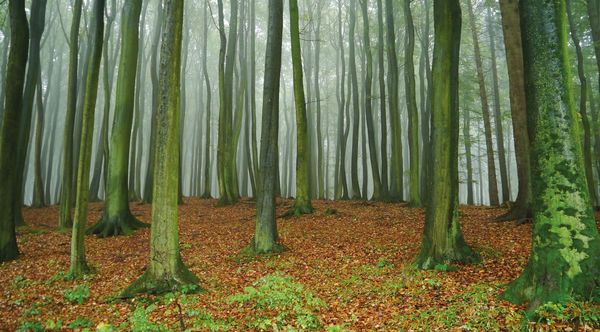
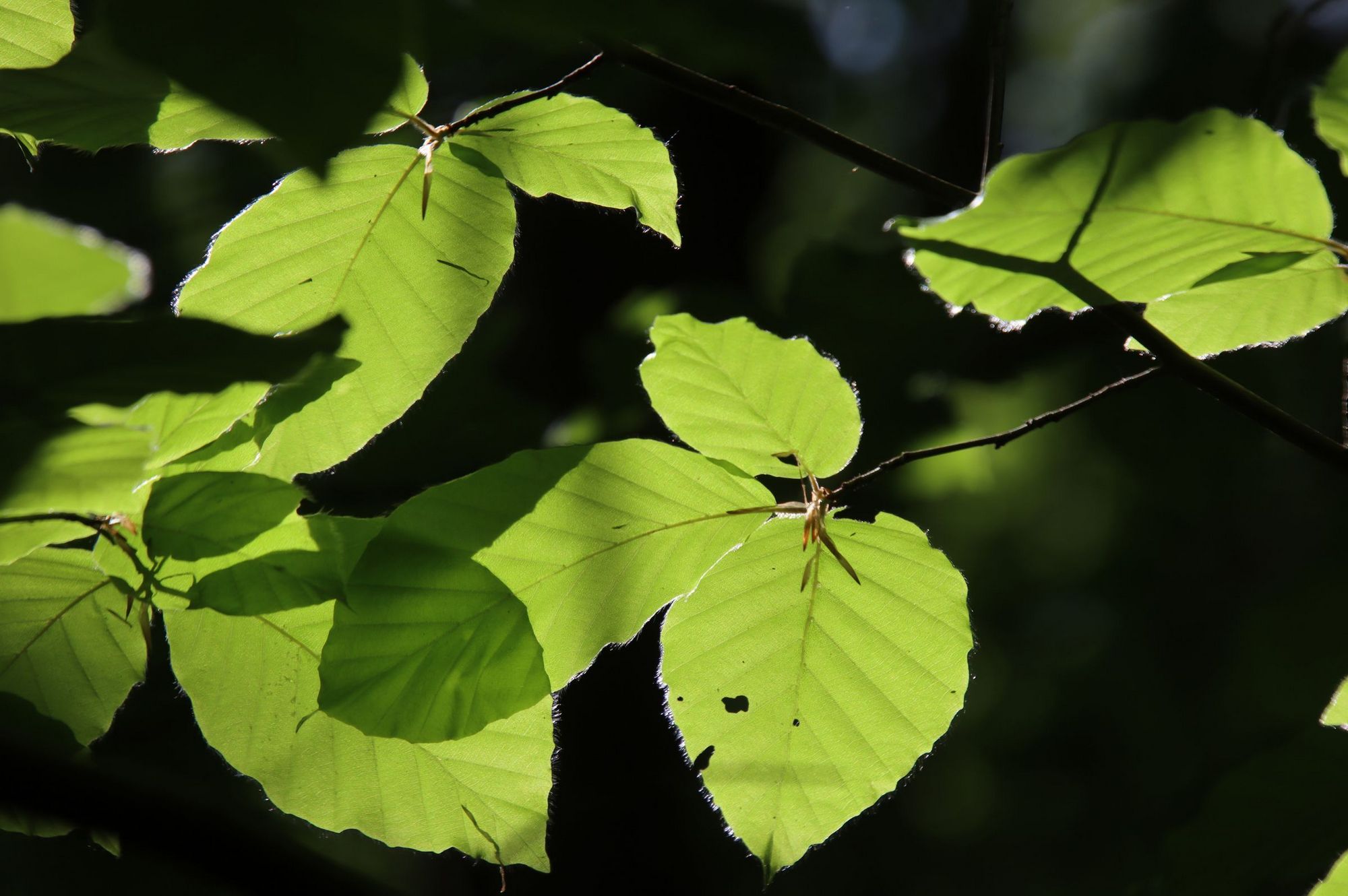
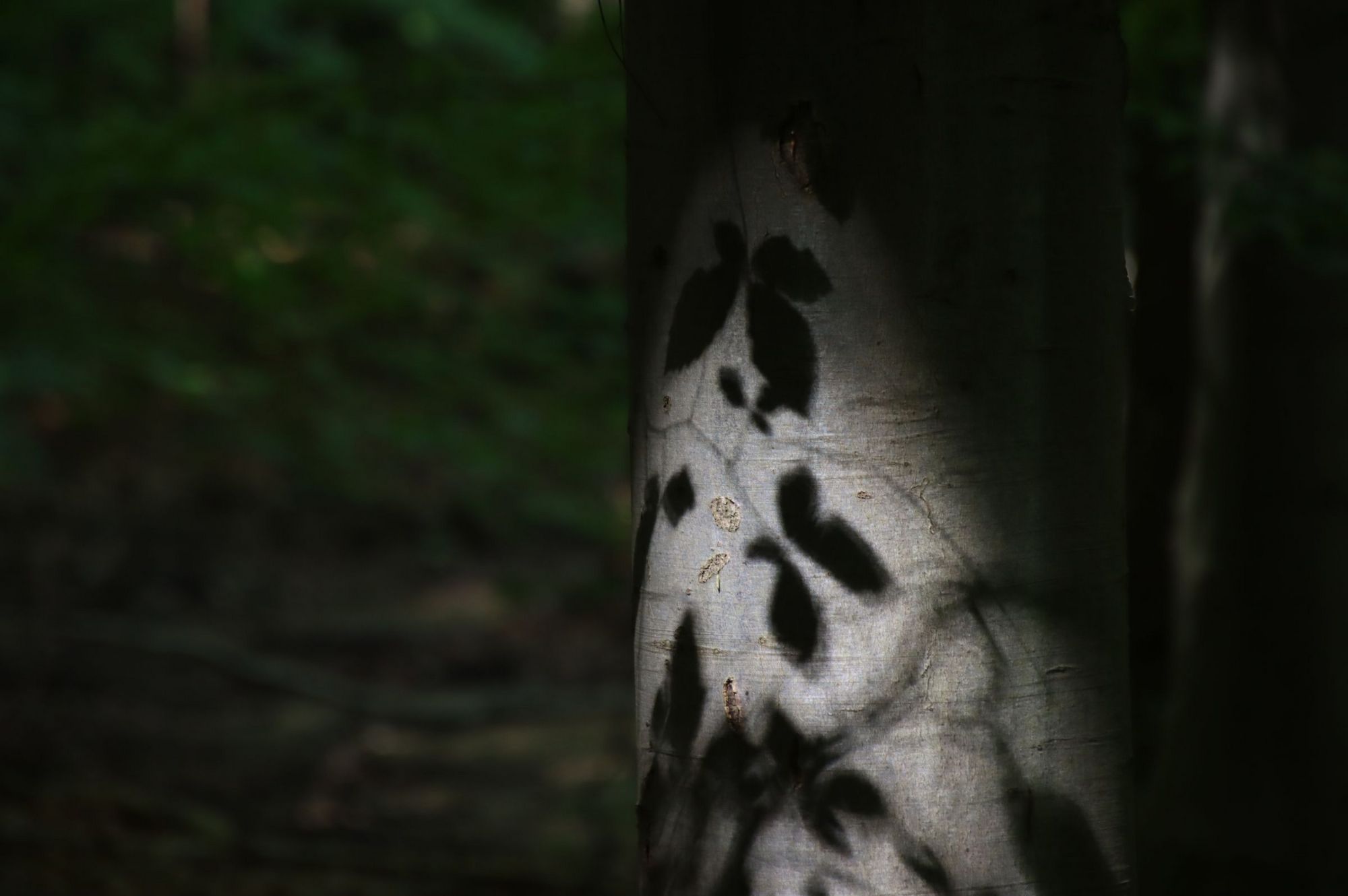




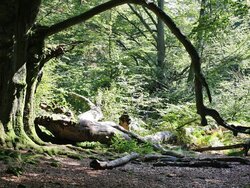
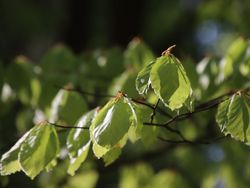
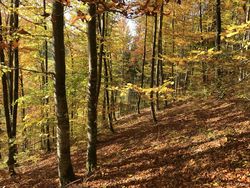
![[Translate to English:] Stir it up: The genetic diversity of beech](/media/_processed_/5/4/csm_Abbildung_Aufgemischt_2_4-3_2e1880b09f.jpg)
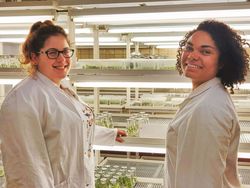
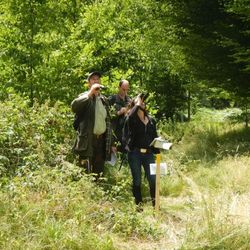
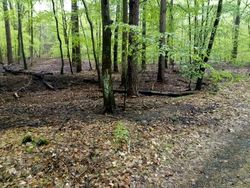
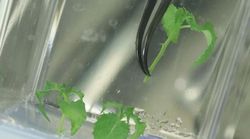
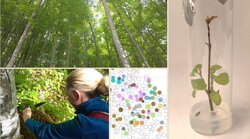
![[Translate to English:] Logo des Bundesministerium für Ernährung und Landwirtschaft](/media/allgemein/logos/BMEL_Logo.svg)